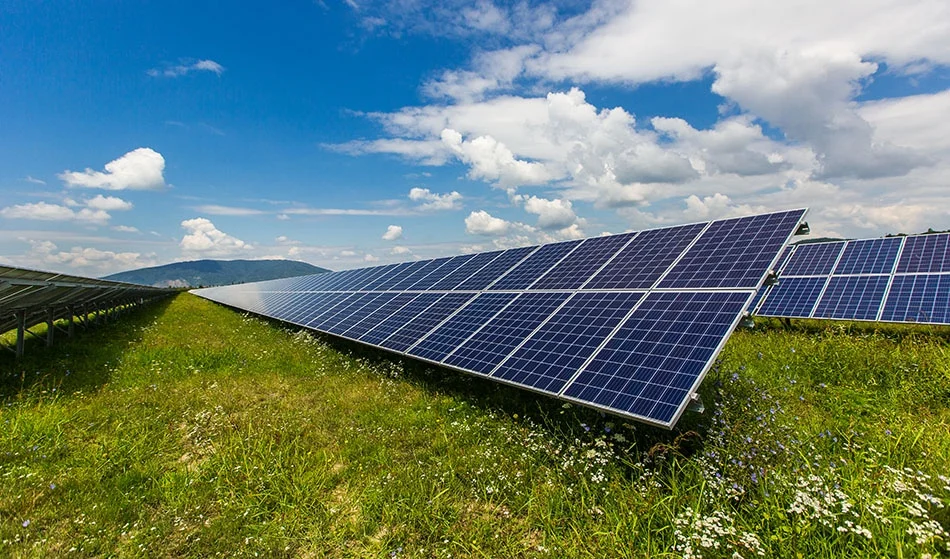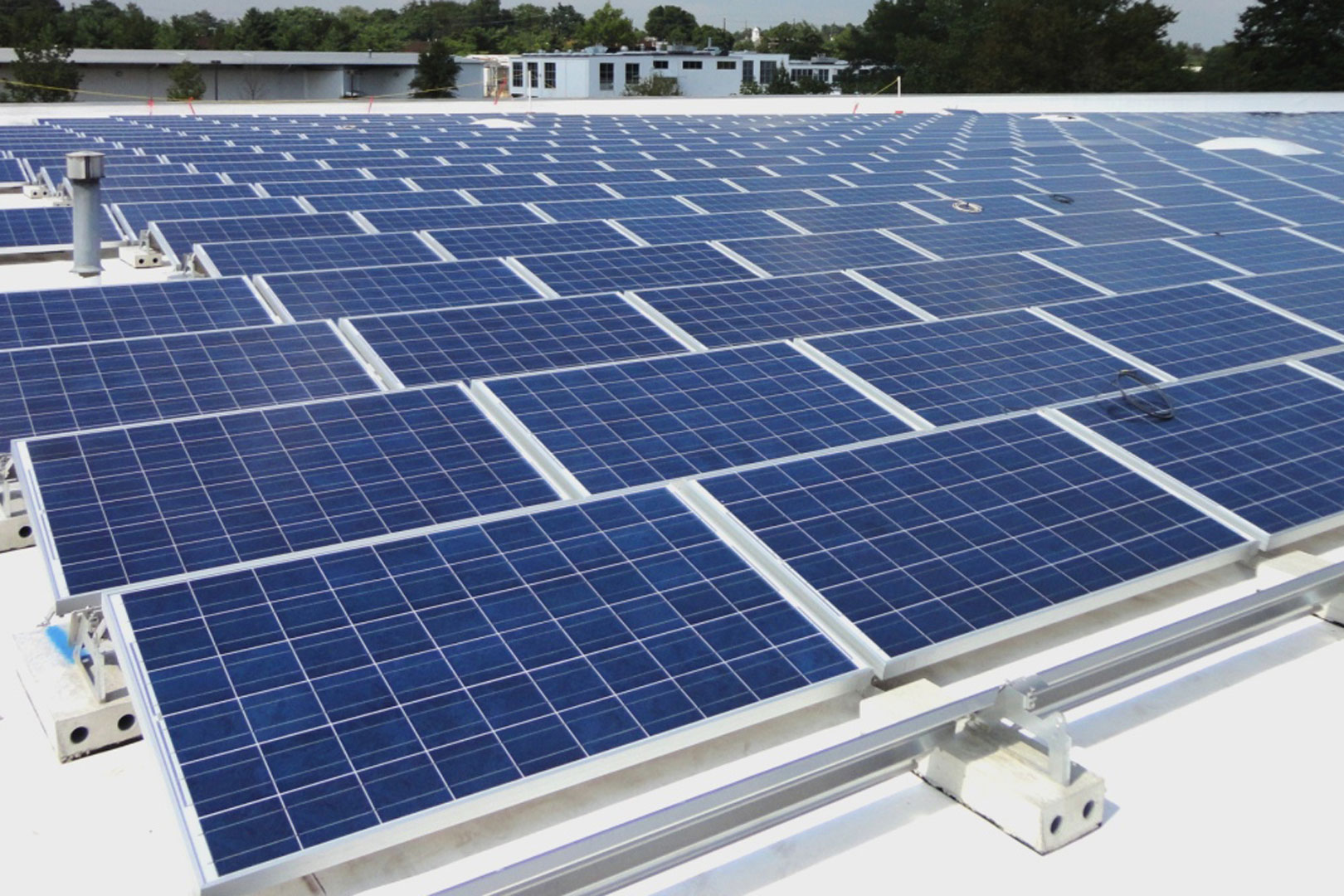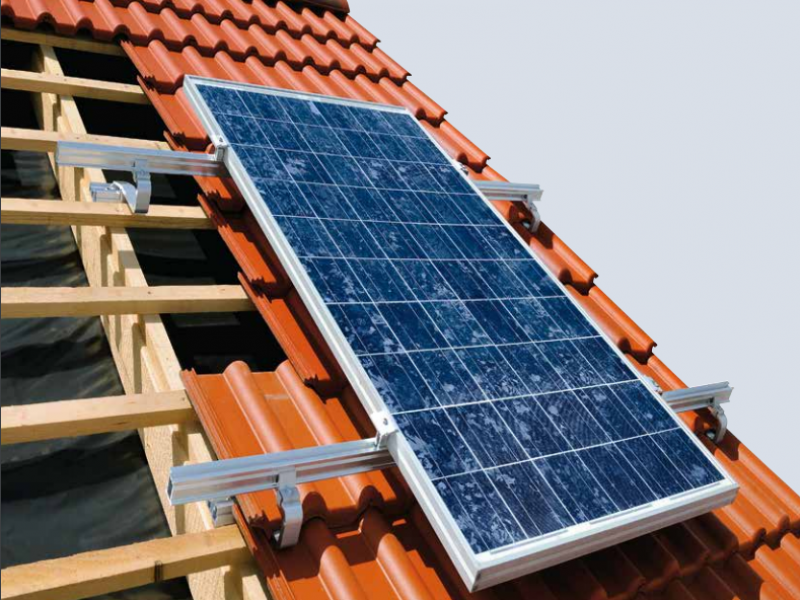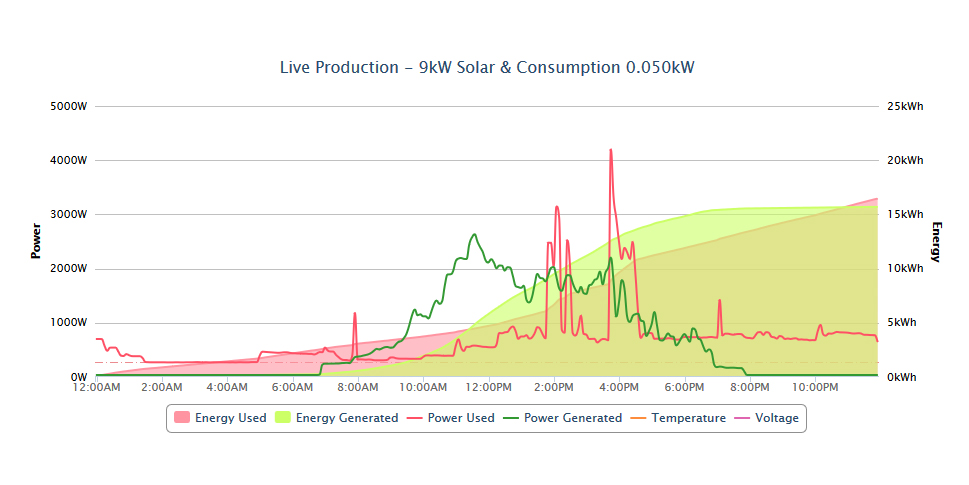Photovoltaic (Solar Cell)
Solar cells, also known as photovoltaic cells, are innovative devices designed to harness the power of sunlight and convert it into electricity through a process called the photovoltaic effect. These cells are typically constructed using semiconductor materials, allowing them to generate electrical charges when exposed to sunlight. The absorbed light energy excites electrons in the semiconductor, creating an electric current as these energized electrons move through the material.
One of the key features of solar cells is their ability to directly convert solar radiation into usable electrical energy, making them a sustainable and environmentally friendly power source. The efficiency of solar cells has improved over the years, making them increasingly viable for a wide range of applications, from residential solar panels to large-scale solar power plants.
Solar cells play a crucial role in renewable energy systems, contributing to the global effort to reduce dependence on fossil fuels and mitigate the environmental impact of traditional energy sources. As technology advances, ongoing research and development continue to enhance the efficiency, durability, and cost-effectiveness of solar cells, paving the way for a more sustainable and greener future.

Three main types of PV cell/module
Mono crystalline Si
– Well-ordered structure
– Most efficient
– Expensive to produce
Poly crystalline Si
– Ordered with some grain boundaries
– Slightly less efficient
– Lower production costs
Amorphous Si thin-film
– Atoms arranged randomly
– Least efficient
– Lowest production costs
Advantages of PV power technology
- No moving parts (reliable)
- Very low operation and maintenance costs (free fuel)
- No noise, no atmospheric pollution in operation (environmental benefits)
- Modular structure (quick installation, easy enlargement)
- Power generation where needed (no transmission losses)
Types of PV system
- Stand-alone: a PV array with or without a battery bank wired to the end-use appliances.
- Grid-connected (including building-integrated)
- Grid back-up (one-way grid-connected system): the grid merely acts as an auxiliary supply and no feedback is allowed to the grid.
- Grid interactive: the grid may also receive excess power from the PV generator
Standalone PV system’s positive points:
- No expensive batteries to install
- No need to size the PV system to cover all the building’s electrical needs
(flexible design) - The grid acts as a constant backup (no shortage). PV can export
electricity to the utility (no waste) - Good for building high and varying electrical loads
- No loss of power through resistance in batteries.
- Building not completely autonomous
- Not suitable for remote area
Benefits of BIPV (building integrated PV) power technology
- No need for extra land area may be utilized in densely populated areas
- No need for additional infrastructure, integrated with other installations
- Supply all or a significant part of building electricity use, reducing
transmission and distribution losses - Provide electricity during peak times, reducing the utility’s peak delivery requirements
- Replace conventional building materials, reducing the payback period
- Provide an innovative, aesthetic appearance for the building.
Methods of Roof Mounting
Stand-off mounting: Modules are mounted on a frame parallel to the weatherproof surface.
Integral mounting: Modules replace conventional building materials
Site for BIPVs:
- The site needs to have good access to solar radiation.
- The site/building should be as free from shading as possible.
- There should be no plans to develop adjacent sites which might substantially shade the site later.
Façade mounting features:
- Subject to shading
- Lower performance
- Clearly visible, showing environmental awareness
- Opportunities for additional use.
Roof mounting features:
- Less likely to be overshadowed
- Higher performance
- Easier to install
- Less vulnerable to vandalism
- Add weight to the roof
Factors affecting PV output
- Temperature: Power output decreases with increasing temperature.
- Ventilation needed across the back of PV modules
- Solar radiation: Power output is directly proportional to solar Radiation which depends on: Location, Tilt, Orientation, Daily and seasonal Variations
- Performance depends on different PV’s tilt angles and Orientations
- Mismatch: If modules with different performance characteristics are connected in series, the ‘poorest’ module determines the current.
- Shading: Minor shading can result in a significant loss of energy for
crystalline silicon modules. - Soiling: Dust and debris lead to shading part of the array




